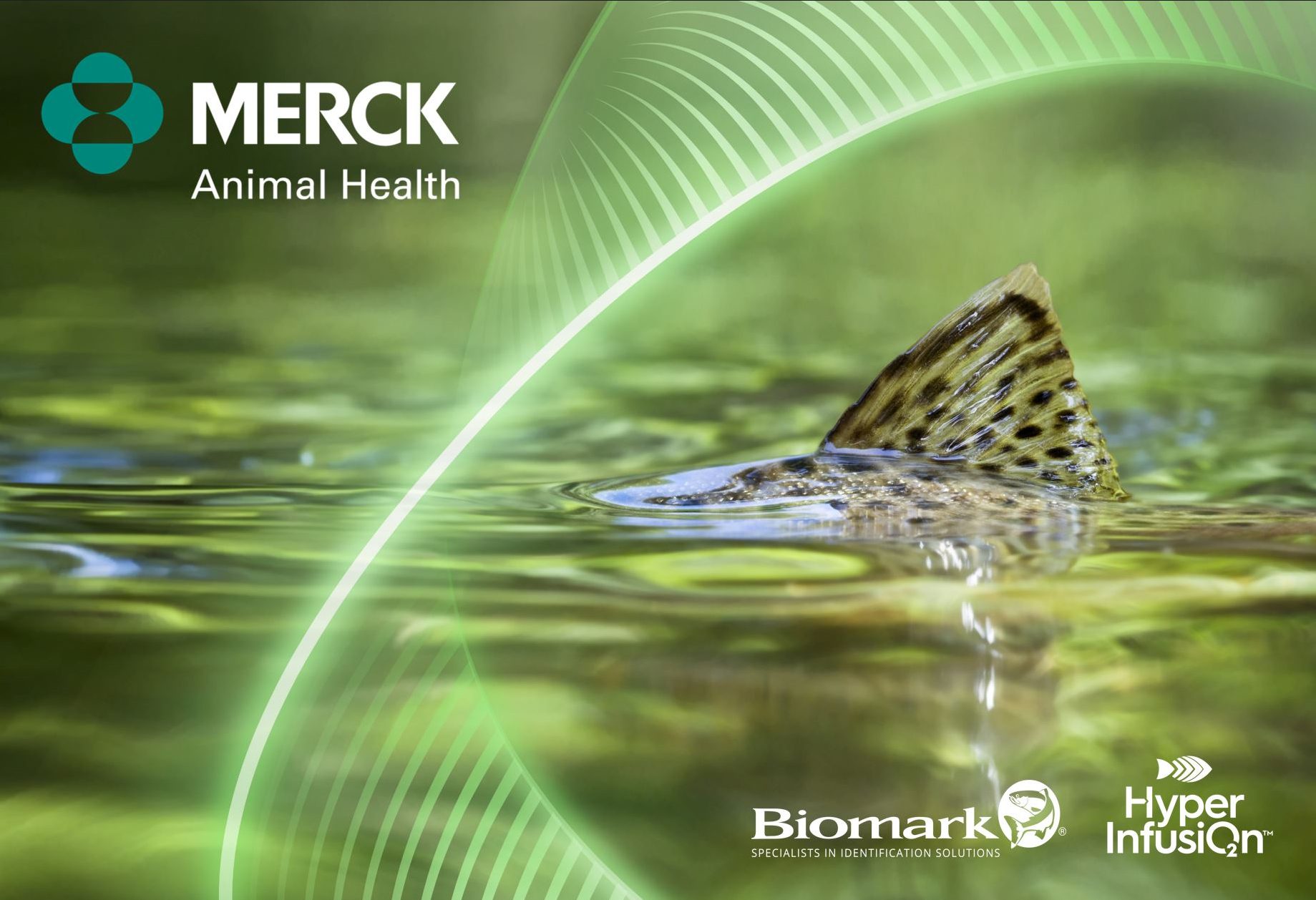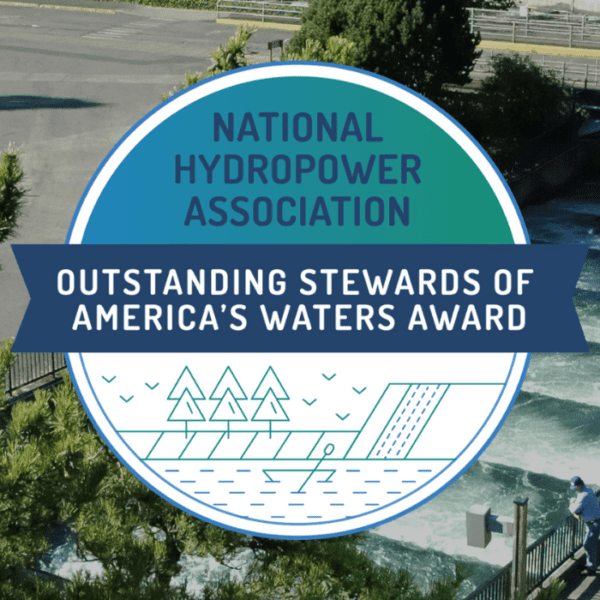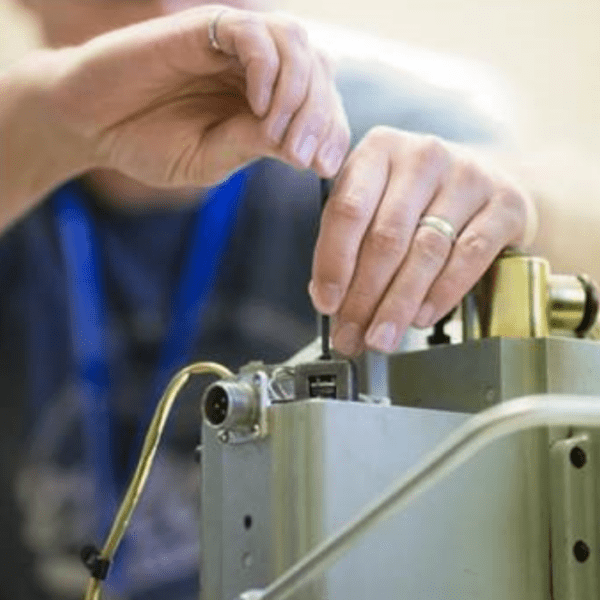*Sponsored Content

Through its commitment to The Science of Healthier Animals®, Merck Animal Health offers veterinarians, farmers, pet owners and governments one of the widest ranges of veterinary pharmaceuticals, vaccines, health management solutions, and services, as well as an extensive suite of connected technology that includes identification, traceability, and monitoring products.
Merck Animal Health has developed a portfolio of integrated fish passage solutions to ensure the long-term sustainability of renewable hydropower and the surrounding aquatic species. We offer tools that improve the operational efficiency of hydropower generation while protecting the surrounding environments by monitoring for insights, optimizing with precision, and benchmarking for performance.
MONITOR FOR INSIGHTS
Our fish passage solutions leverage 30+ years of fish identification and monitoring experience with our Biomark RFID (radio frequency identification) tags, readers, and an extensive infrastructure of in-stream and passage antennas.
Case Study: Columbia River Basin Anadromous Fish Monitoring:
The Columbia River Basin (CRB), located in the Pacific northwest United States, is home to anadromous fishes that migrate up to 2,900 kilometers, passing at least eight large hydroelectric facilities along the way. Six million Passive Integrated Transponder (PIT) tags are deployed in CRB salmon every year to monitor these directional migrations and evaluate survival and population health. An extensive network of antennas is leveraged to track these migratory pathways. Over 53M individual fish have been PIT tagged in the CRB since 1987, providing a wealth of monitoring data critical to resource managers.
OPTIMIZE WITH PRECISION
The newest tool in our portfolio of solutions, Hyper Infusi02n™, delivers stable, bioavailable oxygen through turbulent fish ladders, improving attraction, passage, and survival of fishes moving beyond hydropower facilities.
Leveraging novel technology, Hyper InfusiO2n solutions increase dissolved oxygen without significantly altering total gas pressure. Unlike competing oxygen injection technologies , Hyper InfusiO2n solutions deliver dissolved oxygen, enhancing oxygen stability in turbulent environments.
Key Features
- Outflow average of 450% DO without significant changes to total gas pressure
- Scalable, modular, & easily integrated containerized solutions
- Pre-installation consulting and maintenance contracts from a team of mechanical and hydraulic engineers, fish biologists, and aquatic veterinarians
Key Benefits
- Improved fish survival and passage at hydropower facilities across a range of temperatures
- Diminished need to divert attraction flow from turbines
- Delivery of stable dissolved oxygen for increased residency in turbulent environments
- Reduced operating costs in comparison to competing technologies
Case Study: Fish Passage at a Northeastern North American Hydropower Facility:
The benefits of Hyper InfusiO2n solutions to fish attraction and passage have been demonstrated in an exemplar site in northeastern North America. Water supersaturated with dissolved oxygen (~330% DO) was injected at four strategic points in the ladder, raising the dissolved oxygen concentration by roughly 20%. Injection of dissolved oxygen at the ladder entrance created a downstream plume of enhanced oxygen for nearly 0.5 km, which served as attraction and guidance for fish. Fish trap operators noticed a ten-fold reduction in mortality and noted that fish exiting the ladder appeared to be in better condition.
BENCHMARK FOR PERFORMANCE
Remote data access through our online portal, BioLogic, facilitates the delivery of near real-time PIT tag data and site diagnostics. Customizable power and remote communications options ensure that sites stay operational and digitally accessible for long periods. This is particularly critical for many remote sites that are expensive, difficult, or unsafe to access year-round.
Case Study: Columbia River Basin Escapement:
We have developed statistical tools that leverage real time monitoring data from BioLogic to derive actionable insights. The State-space Adult Dam Escapement Model (StADEM) combines imperfect data sources to produce a single estimate of adult abundance and passage at a number of dams in the CRB. StADEM estimates are further employed in our Dam Adult Branching Occupancy Model (DABOM) that provides reach specific sex and age structured abundance estimates (by hatchery or natural origin status), to better manage recreational fisheries.
By seamlessly linking monitoring, optimization, and benchmarking data in a digital portal, Merck Animal Health fish passage solutions provide customers real time, end to end data for enhanced resource management.
Learn more at www.merck-animal-health.com/species/aquaculture & www.solutionsforaquaculture.com











